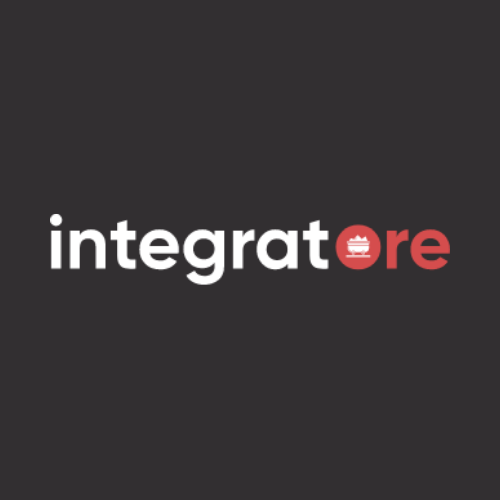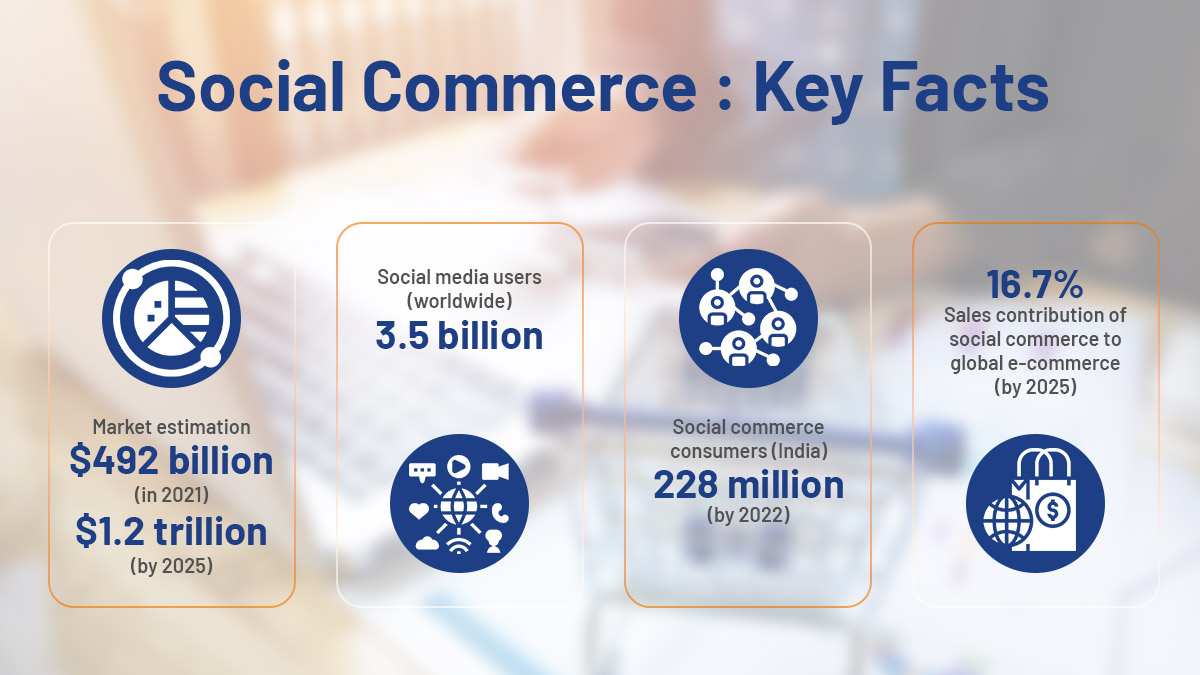Human Resource Management Information Systems (HRMIS) are transforming workforce management globally. According to a recent report by Fortune Business Insights, the global HR technology market is projected to reach USD 39.60 billion by 2029, growing at a compound annual growth rate (CAGR) of 7.5%. Over 70% of organizations worldwide already utilize HR software to streamline HR processes, reduce operational costs, and improve decision-making. In Kenya, this global trend is mirrored as organizations embrace HRMIS to address unique workforce challenges and enhance efficiency. Here’s a closer look at how HRMIS is reshaping workforce management in Kenya.
.jpg)
Streamlining Administrative Processes
One of the most significant benefits of HRMIS is its ability to automate routine HR tasks such as payroll processing, attendance tracking, and employee record management. For instance, in Kenya’s public sector, HRMIS has been pivotal in reducing administrative bottlenecks, allowing HR professionals to focus on strategic initiatives rather than paperwork. Automated systems ensure accuracy, timeliness, and compliance with labor laws, reducing errors and administrative costs.
Enhancing Workforce Transparency and Accountability
HRMIS has introduced a new level of transparency in Kenya's workforce management. By centralizing employee data, organizations can monitor attendance, performance, and even training progress in real-time. This has been particularly impactful in combating ghost workers in government payrolls, ensuring public funds are used effectively and responsibly.
Data-Driven Decision Making
HRMIS provides decision-makers with valuable insights through robust analytics and reporting tools. For instance, Kenyan organizations are leveraging these systems to analyze workforce trends, identify skill gaps, and plan recruitment strategies. Data from HRMIS also supports evidence-based policymaking, enabling institutions to align HR strategies with national development goals, such as Vision 2030.
Improving Employee Experience
In today’s competitive job market, employee satisfaction is key. HRMIS systems in Kenya are integrating self-service portals, allowing employees to access payslips, apply for leave, and update personal details without HR intervention. This boosts convenience and fosters a sense of empowerment and trust among employees.
.jpg)
Driving Efficiency in Public Sector HR
The Kenyan government has been at the forefront of adopting HRMIS to streamline workforce management in ministries and county administrations. By consolidating data and automating HR processes, the government has reduced payroll leakages, ensured compliance with employment policies, and improved service delivery to citizens.
Overcoming Challenges in Implementation
While HRMIS offers transformative benefits, implementation in Kenya has not been without challenges. High initial costs, resistance to change, and the need for robust IT infrastructure remain significant barriers. However, many organizations are overcoming these hurdles by adopting phased rollouts, investing in employee training, and leveraging cloud-based HRMIS solutions to reduce infrastructure costs.
The Future of HRMIS in Kenya
.jpg)
As Kenya continues its digital transformation journey, the future of HRMIS looks promising. Emerging technologies like artificial intelligence (AI) and machine learning are set to enhance HRMIS capabilities, enabling predictive analytics for talent management and workforce planning. Additionally, mobile-friendly solutions will ensure HRMIS accessibility across Kenya’s diverse workforce, including those in remote areas.
Conclusion
HRMIS is more than just a tool for modernizing HR practices; it is a catalyst for efficiency, accountability, and innovation in workforce management. In Kenya, adopting HRMIS is already yielding measurable benefits, from improved public sector governance to enhanced employee satisfaction in private organizations. As technology evolves, HRMIS will undoubtedly play an even greater role in shaping the future of work in Kenya, aligning workforce management with the country’s ambitions for sustainable development and economic growth.


























































We will verify and publish your comment soon.